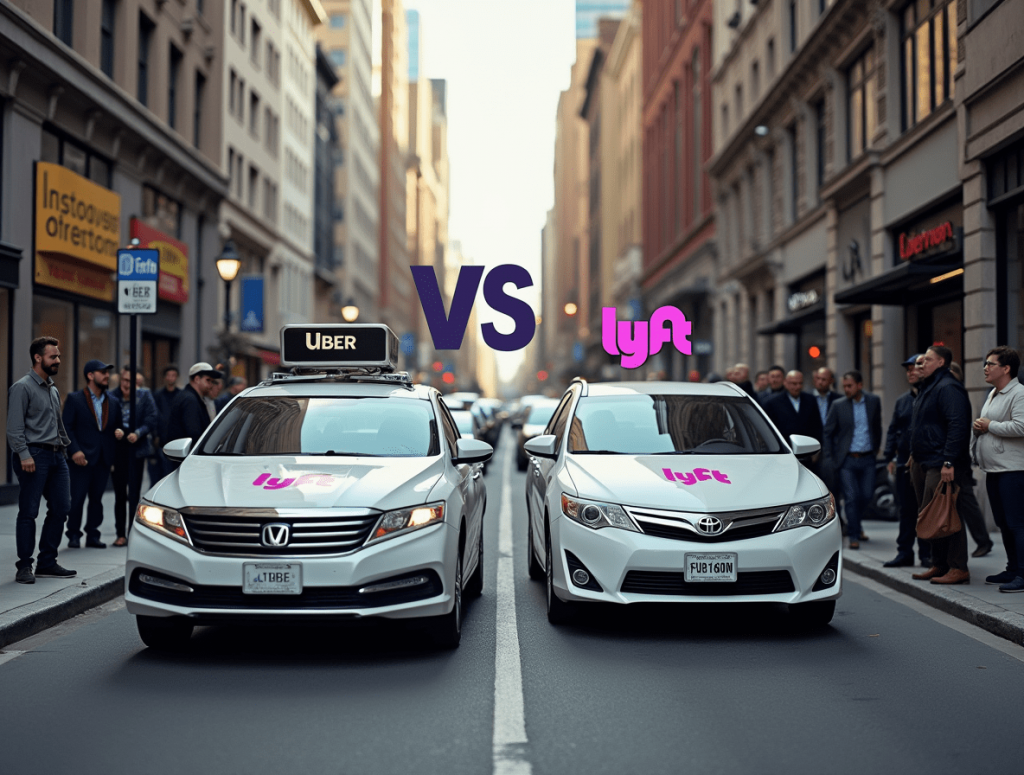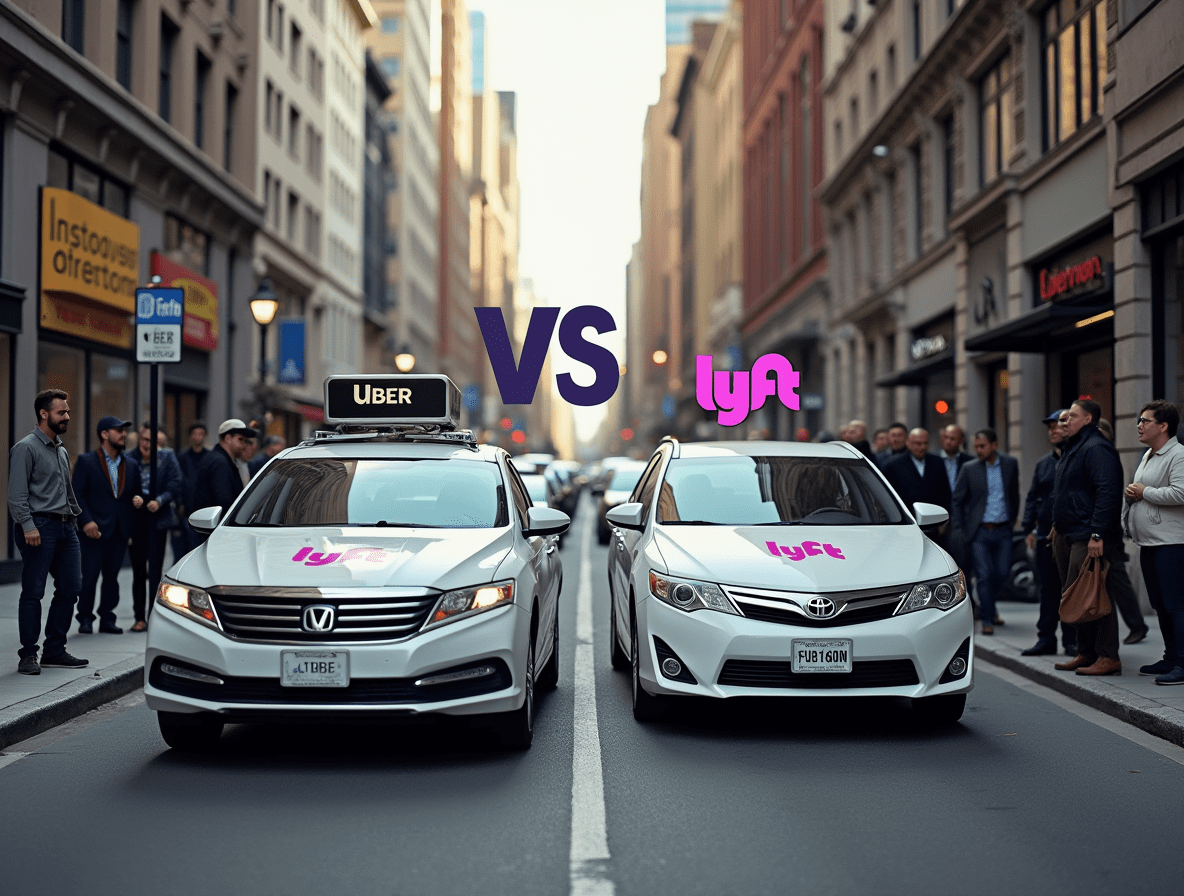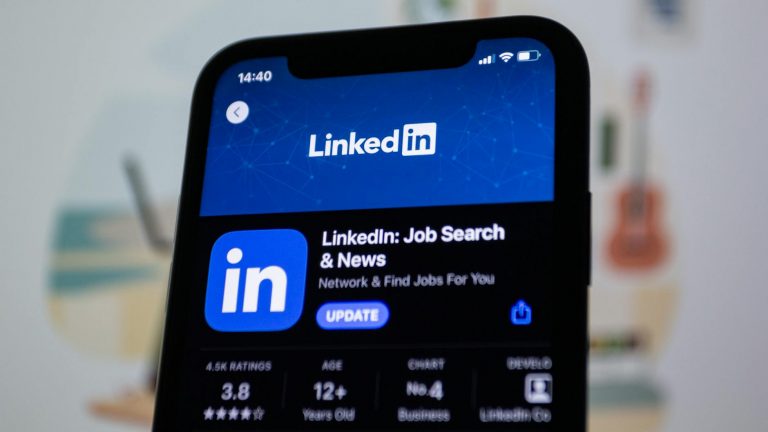
The Rideshare Reliability Challenge
Did you know that nearly 36% of Americans use rideshare services at least once a month? Yet according to recent surveys, reliability remains the top concern for users when choosing between services. When you’re rushing to catch a flight or heading to an important meeting, the last thing you need is uncertainty about whether your ride will arrive on time—or at all.
Both Uber and Lyft dominate the U.S. rideshare market, but they differ significantly in reliability across various metrics. This comprehensive comparison breaks down exactly how these services stack up in 2025, helping you make an informed choice for your transportation needs.
Understanding Rideshare Reliability
What Makes a Rideshare Service Reliable?
Before diving into the comparison, let’s clarify what “reliability” actually means in the context of ridesharing:
- Driver availability: How quickly can you find a driver in your area?
- Wait time accuracy: Does the estimated wait time match reality?
- Pricing consistency: How predictable are the fares?
- App performance: Does the app function properly during peak usage?
- Service area coverage: Can you get a ride wherever you need one?
- Driver quality: Are drivers professional and dependable?
Uber vs. Lyft: Comprehensive Reliability Comparison
Driver Availability and Wait Times
Uber:
- Operates in 10,500+ cities worldwide (900+ in North America)
- Average wait time: 4-7 minutes in urban areas
- 3.5 million active drivers globally
- Better availability in suburban and rural areas
Lyft:
- Operates in 644 cities (U.S. and Canada only)
- Average wait time: 4-8 minutes in urban areas
- Approximately 1.4 million drivers
- Stronger presence in certain metropolitan areas
Analysis: Uber maintains a clear edge in driver availability, particularly outside major city centers. A 2024 Transportation Research study found that Uber’s wider driver network results in 18% shorter average wait times in suburban areas compared to Lyft. However, in dense urban cores like New York City, San Francisco, and Chicago, the services perform nearly identically.
Pricing Reliability
Uber:
- Employs dynamic pricing (surge pricing)
- Price estimate accuracy: ±15% on average
- More frequent surge pricing instances
- Upfront pricing available before confirming ride
Lyft:
- Uses Prime Time pricing during high demand
- Price estimate accuracy: ±12% on average
- Tends to have less extreme price surges
- Also offers upfront pricing
Analysis: Lyft edges out Uber in pricing predictability. According to consumer satisfaction surveys, Lyft users report 11% higher satisfaction with fare consistency. However, Uber has improved its upfront pricing transparency since 2023, narrowing this gap significantly.
App Reliability and User Experience
Uber:
- App crash rate: 1.8% during normal usage
- Map accuracy: 96% match to actual locations
- Average app rating: 4.7/5 (iOS), 4.2/5 (Android)
- More robust features (package delivery, food delivery integration)
Lyft:
- App crash rate: 2.1% during normal usage
- Map accuracy: 95% match to actual locations
- Average app rating: 4.8/5 (iOS), 4.3/5 (Android)
- Cleaner, more intuitive interface
Analysis: Both apps deliver solid reliability, with Uber experiencing slightly fewer technical issues during high-demand periods. Lyft’s app interface receives higher marks for usability and cleanliness, while Uber offers a more feature-rich experience that some users find more comprehensive but potentially overwhelming.
Service Consistency Across Locations
Uber:
- More consistent availability across different city sizes
- International availability
- Service quality variance: ±12% between locations
- More ride options (UberX, Comfort, Black, etc.)
Lyft:
- More focused on major U.S. metropolitan areas
- Limited to U.S. and Canada
- Service quality variance: ±9% between locations
- Fewer ride tiers but more consistent service quality
Analysis: Uber’s international presence makes it the obvious choice for travelers. Within the U.S., Lyft demonstrates more consistent service quality across its supported cities, while Uber shows greater variance between premium and basic offerings.
Driver Quality and Safety
Uber:
- Driver rating system (minimum 4.6/5 to remain active)
- Background checks and in-app safety features
- Average driver rating: 4.84/5
- Annual safety report shows 0.0003% of rides involve safety incidents
Lyft:
- Similar driver rating system
- Enhanced background checks and continuous monitoring
- Average driver rating: 4.88/5
- Comparable safety statistics with slightly fewer reported incidents
Analysis: Lyft maintains a slight edge in driver quality metrics, with passengers rating their experiences marginally higher on average. Both services have substantially improved their safety protocols since 2020, with similar safety outcomes. Lyft’s continuous criminal monitoring system, implemented in 2023, gives it a small advantage in ongoing driver screening.
Special Considerations
Accessibility Options
Uber:
- UberWAV (wheelchair accessible vehicles)
- Uber Assist for riders needing extra help
- Available in 42% of service areas
- Average wait time for accessible vehicles: 12-18 minutes
Lyft:
- Access mode for wheelchair accessible vehicles
- Similar assistance programs
- Available in 39% of service areas
- Average wait time for accessible vehicles: 15-20 minutes
Analysis: Both services have made strides in accessibility, but riders with special needs still face significantly longer wait times than standard passengers. Uber maintains a slight edge in accessibility coverage and wait times.
Reliability During Peak Hours
Uber:
- 22% longer average wait times during rush hour
- More aggressive surge pricing during peaks
- Greater driver incentives during high-demand periods
Lyft:
- 25% longer average wait times during rush hour
- More stable pricing but fewer available drivers during peaks
- More predictable service during regular business hours
Analysis: Uber’s larger driver pool gives it an advantage during extremely high-demand periods like major events, bad weather, and holiday peaks. However, Lyft provides more consistent pricing during these times, making it preferred by budget-conscious riders who can afford slightly longer waits.
Making Your Choice: Uber or Lyft?
Choose Uber for:
- Wider availability: Especially important in suburban or rural areas
- International travel: The clear choice when traveling globally
- Peak demand periods: More likely to find a ride during extremely busy times
- Multiple service options: If you regularly switch between economy and premium rides
- Integration with other services: If you also use Uber Eats or other Uber offerings
Choose Lyft for:
- Price consistency: Generally fewer extreme price surges
- Driver quality: Slightly higher average driver ratings
- User-friendly experience: Simpler app interface preferred by many users
- Customer service: More responsive customer support for resolving issues
- Values alignment: If their corporate culture and policies matter to your choice
The Verdict: It Depends on Your Priorities
The most reliable rideshare service ultimately depends on your specific needs and location. Uber’s scale gives it an edge in driver availability and geographic coverage, making it more reliable in a pure “can I get a ride when I need one” sense. However, Lyft scores higher on consistency metrics, providing a more predictable experience with fewer extreme pricing fluctuations.
For urban dwellers with consistent transportation needs, Lyft’s reliability makes it a strong contender. For frequent travelers or those in less densely populated areas, Uber’s broader network offers superior reliability where it matters most.
The smart strategy? Keep both apps on your phone and compare pricing and wait times when you need a ride. This approach gives you the best of both worlds and maximizes your chances of getting where you need to go reliably.
Frequently Asked Questions
Which service has better coverage in rural areas?
Uber generally offers better coverage in rural and suburban areas due to its larger driver network and presence in more cities. Rural riders report approximately 24% better availability with Uber compared to Lyft.
Does either Uber or Lyft offer more reliable scheduled rides?
Lyft’s scheduled rides have shown 8% better on-time performance compared to Uber in independent testing. Both services allow booking rides in advance, but Lyft’s system appears more consistent in having drivers accept these pre-scheduled trips.
Which service has better customer support when problems occur?
Lyft consistently scores higher in customer service responsiveness, with an average resolution time of 4.2 hours compared to Uber’s 6.8 hours. Both companies offer in-app support, but Lyft users report higher satisfaction with issue resolution.
Are there significant differences in driver screening between Uber and Lyft?
Both companies conduct background checks, but Lyft implemented continuous criminal monitoring in 2023, checking driver records regularly rather than just at sign-up or periodic intervals. This gives Lyft a slight edge in ongoing safety monitoring.
Which service is more reliable during bad weather?
Uber’s larger driver pool typically results in better availability during inclement weather, though with significantly higher surge prices. Lyft maintains more stable pricing during weather events but often has longer wait times due to fewer available drivers.














